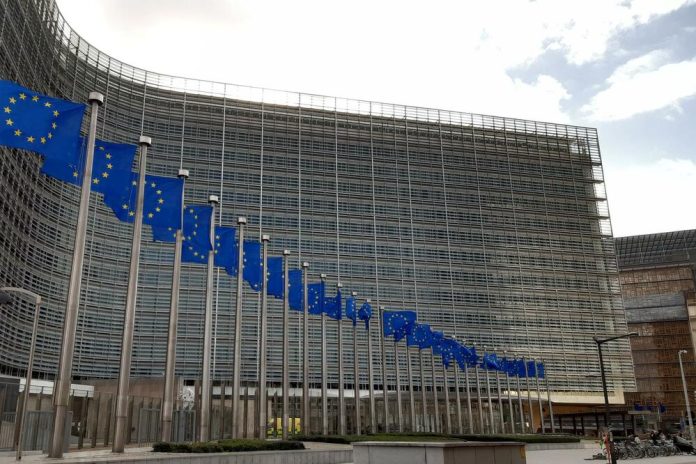Over the past decade, nearly €1 billion of EU taxpayers’ money has been devoted to media campaigns aimed at portraying the European Union in a positive light. An analysis uncovers a sprawling, state-funded media architecture that focuses less on promoting media pluralism and far more on systematically advancing the EU’s political agendas while marginalizing dissenting voices.
The EU spends vast sums of public funds—around €80 million annually—on media projects across Europe and beyond. This figure is likely conservative, as indirect payments and funds channeled through subcontractors remain undisclosed. Much of this financing flows through the European Commission’s “Information Activities on EU Cohesion Policy” (IMREG) initiative. Officially, IMREG is designed to inform the public about cohesion policy, but in practice it functions as an extensive PR campaign for the EU. Its stated goals are to “draw attention to the benefits of cohesion policy” and to “promote a better understanding of the role of cohesion policy in the development of all regions.”
While the Commission insists that it respects “full editorial independence,” some contributions funded by IMREG have not been transparently labeled, effectively amounting to covert advertising or hidden propaganda. The EU’s structural ties to news agencies run even deeper. These agencies sit at the heart of the media ecosystem, enabling narratives crafted at the agency level to be replicated verbatim by hundreds of mainstream outlets. A particularly telling example is the European Newsroom (ENR), a Brussels-based centralized news consortium founded in 2022 with a €1.7 million budget. The ENR offers a “pan-European perspective” on EU affairs through reporters specially trained by EU institutions. Rather than fostering journalistic diversity, its aim is to develop common reporting standards.
Fact-checking and disinformation programmes add another layer of influence. The European Digital Media Observatory (EDMO), for instance, has received at least €27 million in EU funding to connect media organizations and agencies in the fight against “disinformation.” Yet, when media outlets receive Commission support to promote pro-EU content and simultaneously participate in “disinformation” monitoring, the conflict of interest is obvious. This raises the critical question: What if the so-called “harmful narratives” are, in fact, fact-based critiques of EU institutions or policies? Where does one draw the line between disinformation and legitimate political opposition?
Another key funding scheme, “Journalistic Partnerships,” has channeled around €50 million into projects ostensibly designed to encourage cooperation among media organizations. However, many of these projects clearly advance ideological objectives. One aimed to demystify the EU and its institutions; another, called “Connecto,” sought to bolster European solidarity against extremist nationalist movements. In contrast, the Eastern Border Initiative focused on narratives of “European security and defence,” closely mirroring NATO’s positions.
EU-backed “investigative journalism” overwhelmingly targets external actors rather than scrutinizing the EU itself. Analysis shows that only a handful of funded investigations probe EU governments or institutions. Funded contributions more often echo existing mainstream narratives instead of challenging them.
The implications are profound. Rather than nurturing a free, pluralistic media environment, the EU deliberately invests in a media landscape favorable to its interests, designed to safeguard its legitimacy and political objectives. The resultant blending of journalism with institutional propaganda erodes trust in the media and in democratic processes. Even without direct editorial intervention, financial dependence on EU funding encourages self-censorship and tacit alignment with EU messaging.
Translated and edited by: Joe Begen

